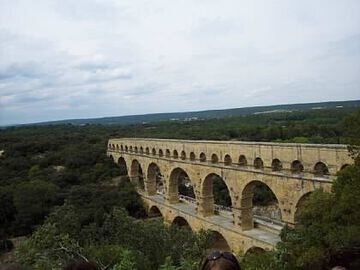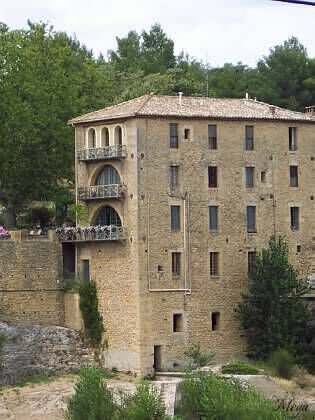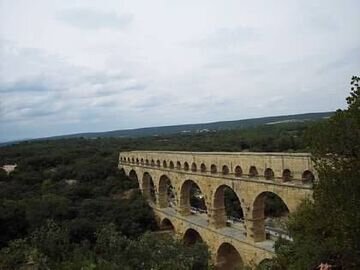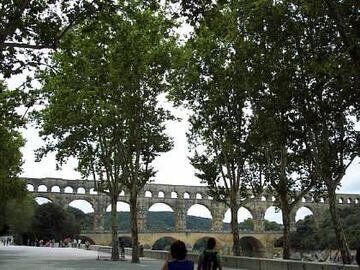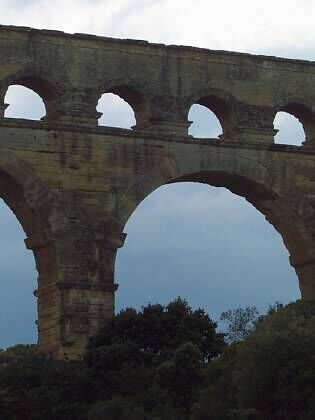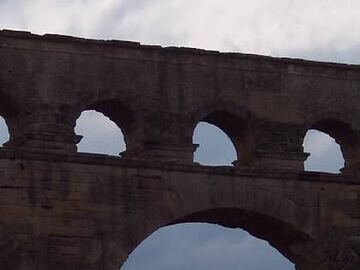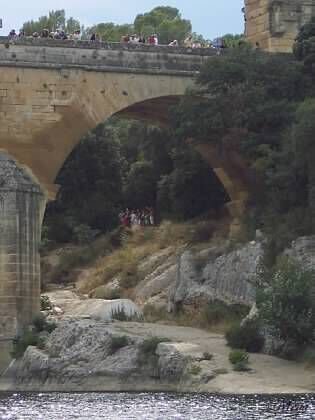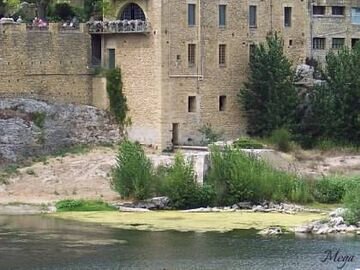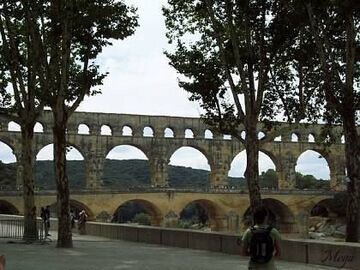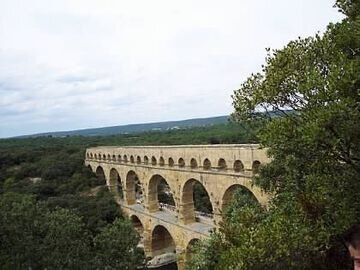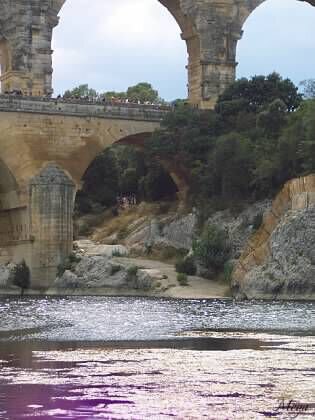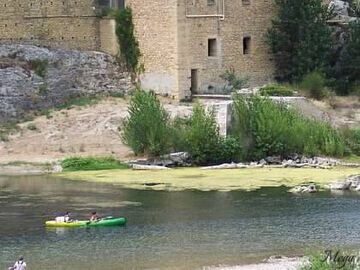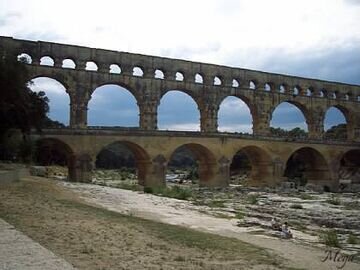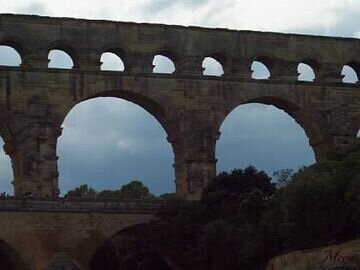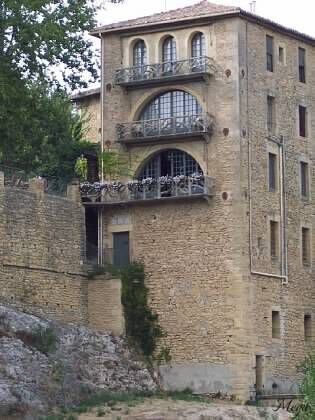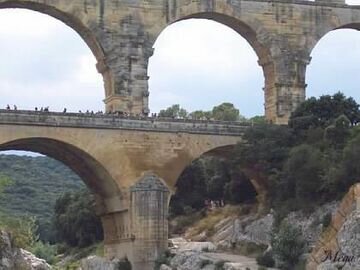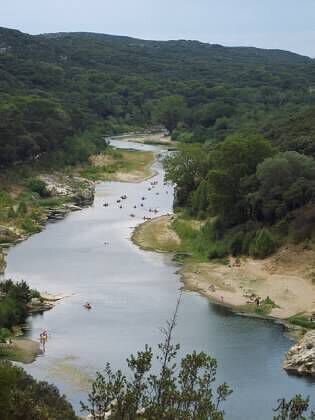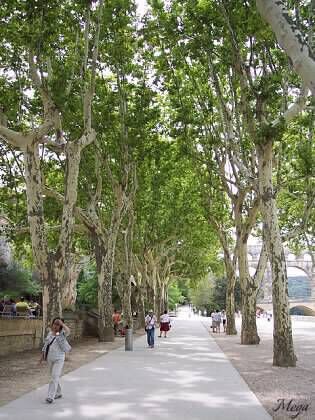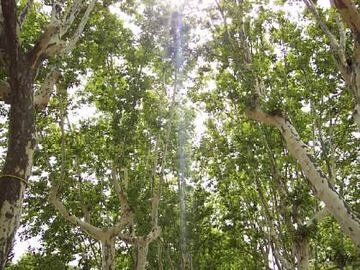French Culture: Pont Du Gard
Le Pont Du Gard is considered the highest Roman aqueduct bridge, a work of art in France, and is one of UNESCO’s World Heritage Sites.
The aqueduct carried water to the fountains, baths, and homes of the citizens of Nimes. While the springs in Nimes were thought to have healing powers and were used to keep the land fertile, eventually a greater water supply was needed to serve the increased population. Eventually the water from the Fontaine d’Eure was brought to Nimes via the aqueduct. The aqueduct allowed water to flow across the Gardon River. The aqueduct and The Pont du Gard has remained intact withstanding the test of time, the elements of weather and despite the floods that raged through this region of France. The Pont Du Gard reminds us that we too can withstand the elements, and our relationships and faith can withstand the elements and the test of time if our being, our faith, and our relationships are built on a solid foundation. That foundation is love. It also reminds us that the artwork we create and even our faith is an expression of just that. It reminds us of the value of the artwork we create and how it will continuously give to future generations, so long as we create it with a pure intention for the good. Like the aqueduct, our artwork, what we create, whether it be music, or visual art, etc. brings life and springs of life, and running water to others. It is also the same for our faith. Our faith brings life to others ~ it brings streams of running water to renew and refresh others around us.
The Pont du Gard is made of yellow limestone quarried from the surrounding area and was built in 1st century AD. The spans of the arches are the largest made by Roman engineers. It stands 50 meters high, 350 meters long, and is made of 50,000 tons of limestone. No mortar was used in the construction, instead, the stones were cut to perfectly fit together. The bridge took around three years to build. It is located in Occitania; being near Nimes, Uzes, and Avignon, it is a tourist attraction in France where you can admire the skill of the Roman engineers who built it, walk their great masterpiece, as well as explore the surrounding area. With hiking trails along the way, you can explore the wilderness or opt to go kayaking on the river, or have a picnic along the shore.
Please find our collection below:
